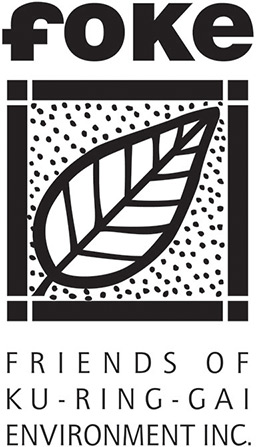FOKE
Urban Consolidation
Urban Consolidation and Overdevelopment
This policy appears to have no justifiable rationale. Quite the opposite – others, such as Save Our Suburbs, have mounted strong cases that demonstrate basic flaws in the policy; flaws that the State Government has not even attempted to rebut. In FOKE’s view, a policy that threatens so much built and natural heritage, that steals so much amenity and property value from existing residents, deserves not mere justification, but should be required to show compelling net benefit to the NSW community.
The use of the Greater Sydney Commission as the public relations arm of the NSW Planning Department urging strident development across Sydney under their Metropolis of Three Cities vision to meet a population growth target that is unsustainable. Community consultation on the plan resulted in perceptively few, if any, changes to the plan irrespective of the fact that submissions against the existing plans were extremely high!
The result has been rapidly increasing house prices, removal of older units and houses to make way for luxury apartments, reducing housing affordability, highrise apartments across the suburbs, traffic congestion, overcrowded schools and public transport.
But this simplistic rationale has many flaws.
- The infrastructure of older suburbs was designed for low densities. Greater density requires retrofitting infrastructure upgrades to water, electricity, sewerage, telephone, etc. Such upgrades are much more expensive than starting from scratch in a new suburb, and cause much disruption to the lives of affected residents.
- On the face of it, concentrating more population near rail stations and other transport hubs will reduce traffic problems, pollution, etc. But in practice, each new dwelling uses an average of two cars, whether next to a station or not. Fact is, the large majority of car trips are not to somewhere serviced by rail. And the poor quality of public transport services – frequency, timeliness, comfort, overcrowding, cancellations, breakdowns – means that many people, otherwise well motivated to use public transport, often choose not to.
- More dwellings per hectare means more hard surface and accordingly more stormwater run-off. With Ku-ring-gai’s high rainfall, steep slopes, readily erodible soils, and adjoining national parks, it is most important that run-off not be increased, in order to protect bushland and watercourses from erosion, and to prevent harbour pollution and siltation. Low built-upon ratios are also important to preservation of the tree canopy and bio-linkages used by wildlife to travel between the parklands adjoining Ku-ring-gai.
- Overflows of sewage during heavy rain are another risk to bushland, watercourses, and harbour, quite apart from the risks to public health they entail.
- The carbon footprint of medium- and high-density dwellings is greater than single residential dwellings, due to the greater use of concrete, reinforcing steel, construction cranes, carpark excavation, heating and air-conditioning, lifts and other services.
- With climate change, this increase of hard surfaces will further increase the ‘heat island effect’ already occurring in the CBD areas, whereby hard surfaces increase temperatures in summer, resulting in increased energy use for air-conditioning.
